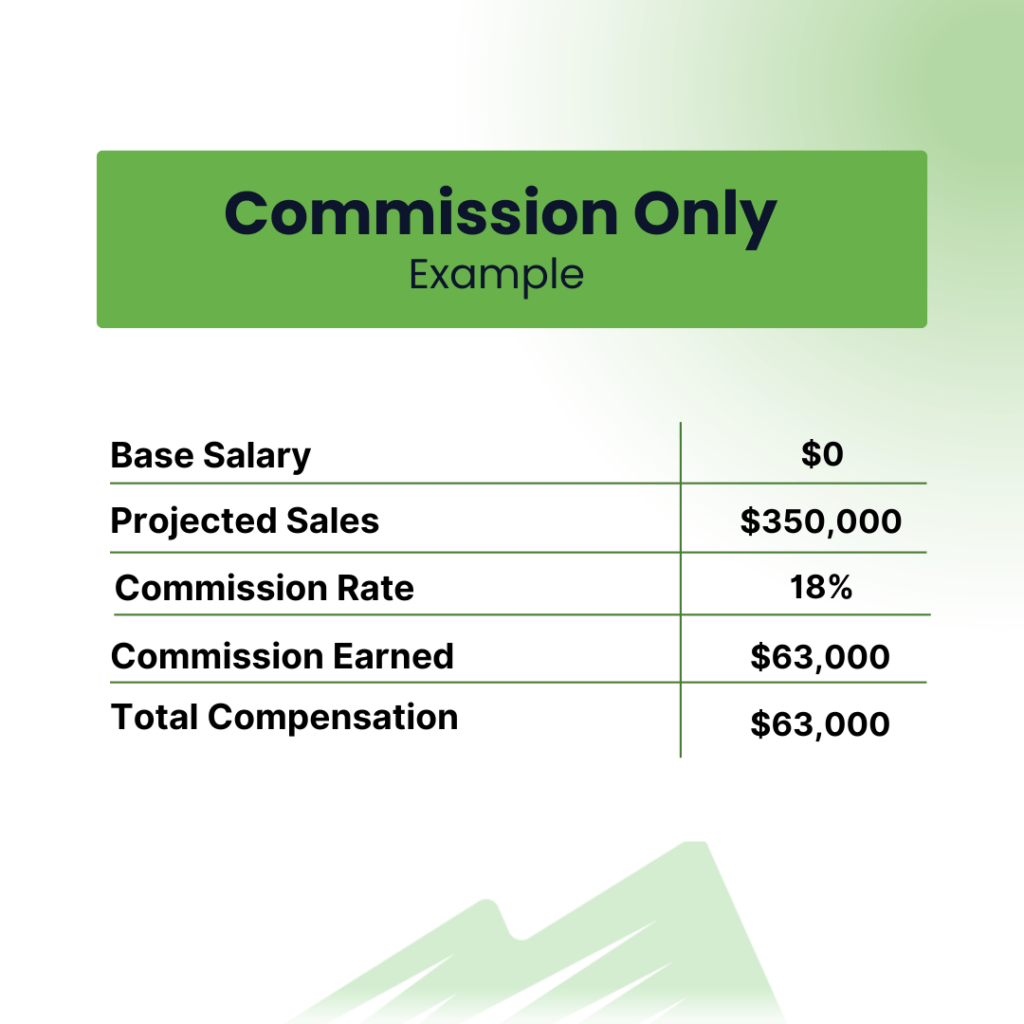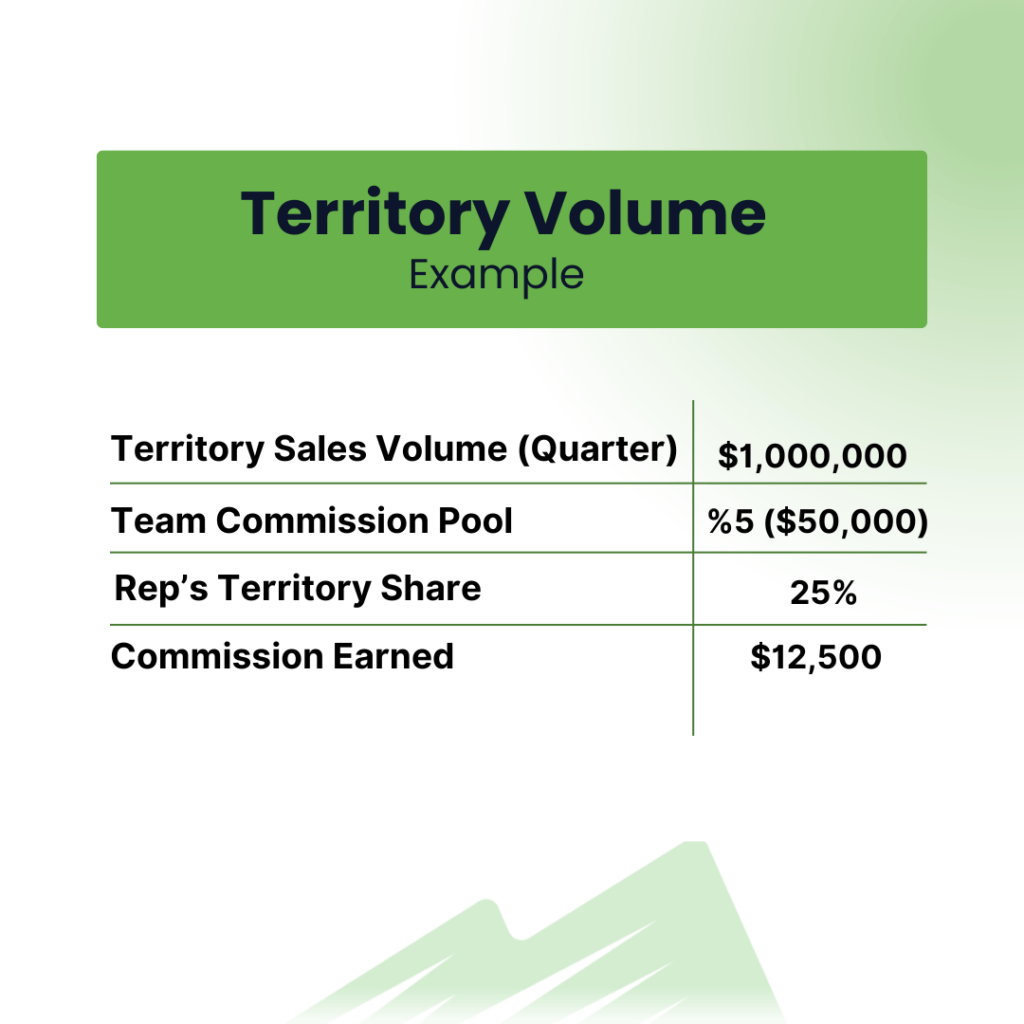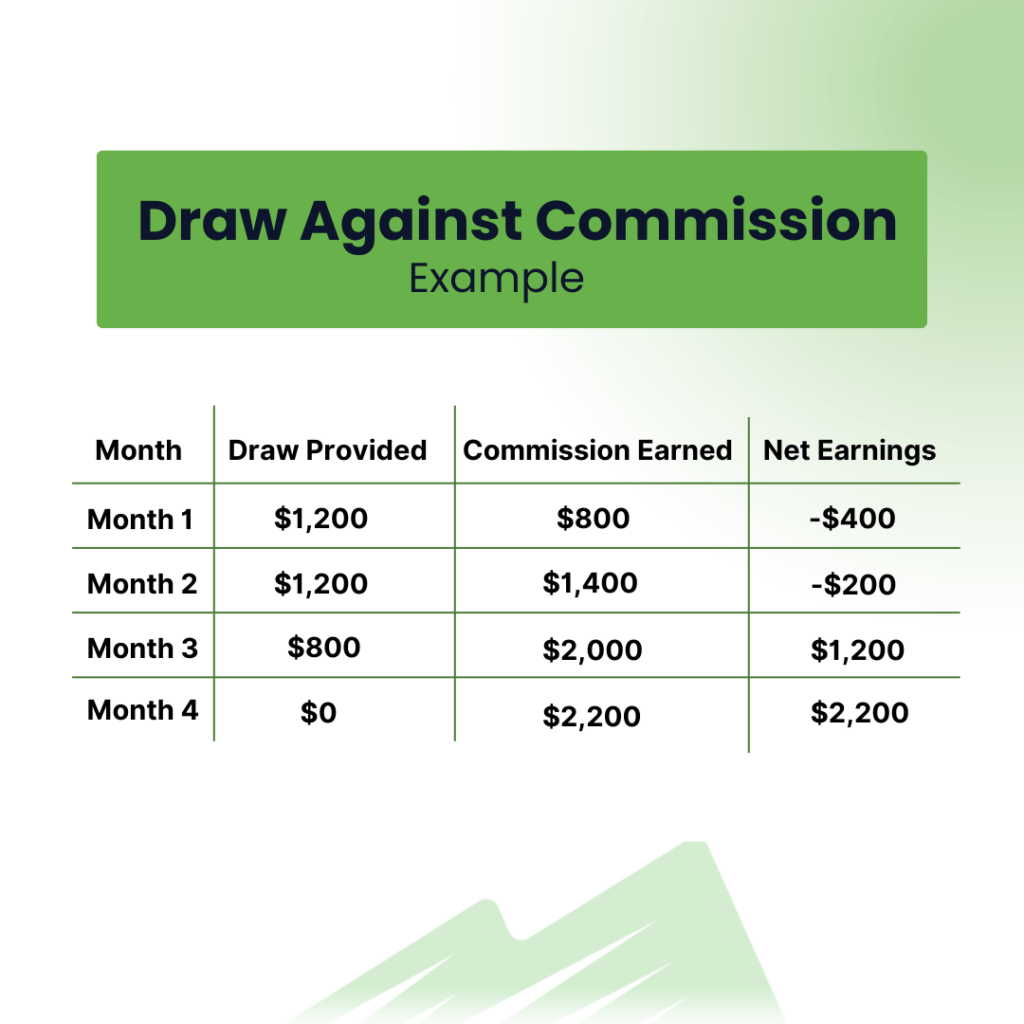Sales compensation plans are often the difference between a sales team that performs consistently and one that struggles to meet quota. But with so many options, from commission-only to tiered structures, it can be hard to know which one makes the most sense for your business. The wrong plan can demotivate reps, drive up turnover, or even encourage the wrong sales behaviors.
In this guide, we’ll break down the most common comp plans, when to use them, and what to watch out for so you can build a solid sales compensation plan aligned with your high-performing sales team.
What is a Sales Compensation Plan?
A sales compensation plan is a structured system that defines how a salesperson is paid. It includes base salary, variable earnings (like commission or bonuses), and sales rep or sales team performance metrics.
These plans exist to:
- Reward performance
- Drive desired behaviors
- Align reps with revenue goals
- Offer transparency and fairness
Poorly designed plans can lead to misaligned priorities, lack of sales team motivation, and unnecessary turnover. A well-structured plan answers three questions upfront: How much can I earn? What do I have to do to earn it? When will I get paid?
Why Sales Compensation Plans Drive Performance
Having a competitive compensation package in place will determine the behavior of your reps. A compensation package is one of the most powerful tools a sales leader has to influence performance, accountability, and team culture. A well-structured plan helps attract top-performing talent, reduce turnover, and encourage reps to focus on the activities that move the needle. When sales team members clearly understand what’s expected and how they’ll be rewarded, they’re more likely to stay engaged, motivated, and aligned with your revenue goals.
But the impact of compensation goes beyond individual motivation. It sets the tone for how your entire sales team operates. The right plan minimizes friction over accounts or territory, supports healthy competition, and reinforces your broader sales strategy. On the flip side, a misaligned or confusing plan can create frustration, stall momentum, and even push strong performers out the door. That’s why investing the time upfront to design a clear compensation plan that fits your sales cycle and team structure is essential.
7 Sales Compensation Plan Examples
1. Salary Only
What it is: A fixed compensation model with no variable pay. Reps earn the same salary regardless of individual sales performance.
Best for: Entry-level sales support roles, internal sales development reps (SDRs), or sales in tightly regulated sectors where incentive pay is restricted.
Why it works: This model offers predictability and stability, making it easier for finance to budget and for reps to focus on non-revenue tasks like research or qualification. However, it lacks performance incentives, which can limit drive and output, especially in fast-paced B2B sales environments. This plan may also struggle to attract top talent accustomed to commission upside.
2. Commission Only
What it is: Sometimes referred to as a set rate commission plan, sales reps are paid exclusively based on closed deals, with no base salary.
Best for: Independent contractors, affiliate sales, or high-margin transactional environments where reps are already experienced and self-sufficient.
Why it works: With zero fixed cost to the business, this plan naturally attracts entrepreneurial reps who thrive under pressure. It encourages hustle, especially in short sales cycles. But for complex B2B sales with long deal timelines, it can cause high turnover and discourage reps who need income stability during ramp-up.

3. Base Salary plus Commission (Most Common)
What it is: A blend of fixed income and variable pay. Reps receive a guaranteed salary plus a commission on deals they close.
Best for: Most modern B2B sales teams, especially those with medium-to-long sales cycles or onboarding periods.
Why it works: This structure balances risk and reward. It appeals to a broader range of candidates while still driving sales quota attainment. Reps feel secure enough to invest time in larger deals, while still being motivated by a performance-based commission structure. The key is weighting, too much base can kill urgency, while too little may reduce retention.
4. Tiered Commission
What it is: Often referred to as a relative commission plan, this structure increases a rep’s commission rate as they hit predefined revenue or quota milestones. For example, 5% up to $50K, 7% up to $100K, and 10% beyond that.
Best for: High-growth sales environments looking to push reps past 100% of quota and drive consistent end-of-quarter or year-end momentum.
Why it works: Tiered commissions reward overperformance and create strong incentive for reps to keep selling after they’ve hit their base targets. It’s a proven way to backload revenue and encourage sustained effort. While this plan can get more complex to track and explain, especially without a CRM or comp tool, the upside is increased competitiveness and higher average deal size. It works best when quotas are realistic and tiers are clearly communicated.
5. Profit-Based Plans
What it is: Instead of rewarding reps solely on top-line revenue, this model ties incentives to the profit generated from each sale, taking into account margins, discounts, or delivery costs.
Best for: Companies focused on sustainable growth, margin protection, or consultative selling in complex B2B environments.
Why it works: Profit-based plans discourage deep discounting and prioritize value over volume. Reps are motivated to close deals that benefit both the customer and the company’s bottom line, aligning sales with financial goals. These plans can also encourage more collaboration with finance or operations teams. The downside is that reps may find it harder to influence or fully understand profit calculations, so transparency and education are key.
6. Territory Volume Commission Plan
What it is: Instead of commission tied to individual sales, reps are compensated based on the total sales volume in a defined territory, often shared among a team.
Best for: Companies with regional account structures, long-term client relationships, or team-based selling environments.
Why it works: A territory volume incentive plan fosters collaboration, encourages internal referrals, and rewards consistent, repeat business over time. It’s a strong fit for account management roles or outside sales teams where territory coverage and client retention matter more than short-term wins. However, individual accountability can become diluted if roles and rules aren’t well defined. Success with this model depends on having clear territory boundaries, role clarity, and trust among team members.

7. Draw Against Commission
What it is: A draw is an advance on future commissions. Reps receive guaranteed income upfront, either as a recoverable or non-recoverable draw, which is later deducted from the commissions they earn. This structure provides short-term stability while maintaining a performance-based compensation model.
Best for:
Early-stage reps in ramp-up periods, roles with long sales cycles, or companies entering new markets where deals may take time to close.
Why it works: Draws offer reps income predictability while they build pipeline and adjust to a new role. For employers, it balances financial risk with performance expectations. A recoverable draw must be paid back from future commissions, while a non-recoverable draw is essentially a guaranteed minimum that isn’t clawed back. This model is particularly effective when onboarding new hires or launching a new product, providing a financial runway without giving up commission-based motivation. However, it requires careful planning to avoid confusion and ensure reps understand how repayment works.

Hiring the Right Reps for Your Compensation Model
At Peak Sales Recruiting, we often see misalignment between a company’s compensation plan and the type of salespeople they want to hire.
Here’s how to avoid that:
- Hiring for commission-only? Look for risk-tolerant, entrepreneurial reps who have a history of thriving in unstructured environments.
- Offering base + commission? Prioritize coachability, consistency, and willingness to work within a defined sales process.
- Using tiered comp? Target highly competitive reps who’ve outperformed quotas in the past.
- Using profit-based or territory plans? Find reps who understand margin impact or enjoy collaborative environments.
Tip: If you have a longer sales cycle, commission-only compensation will likely hurt your recruiting efforts. Top B2B reps often won’t risk going unpaid for months. In these cases, a base + commission model is the safest bet.
The Bottom Line
Sales compensation plans influence how reps sell, how teams work together, and how revenue grows. The structure you choose can help or hurt your business depending on how well it fits your sales cycle length, the reps you’re hiring, and your overall business strategy. A well-structured sales compensation plan should fit your business model, align with your sales strategy, and make sense to the reps executing it.
A plan that is clear, fair, and easy to track will always outperform one that is confusing or misaligned with business goals. It should support how your buyers purchase and how your team works best.
Need help hiring the right sales reps to match your compensation model?
At Peak Sales Recruiting, we specialize in finding top performers who align with your structure and strategy. Contact us today to start building your high-performing team.



